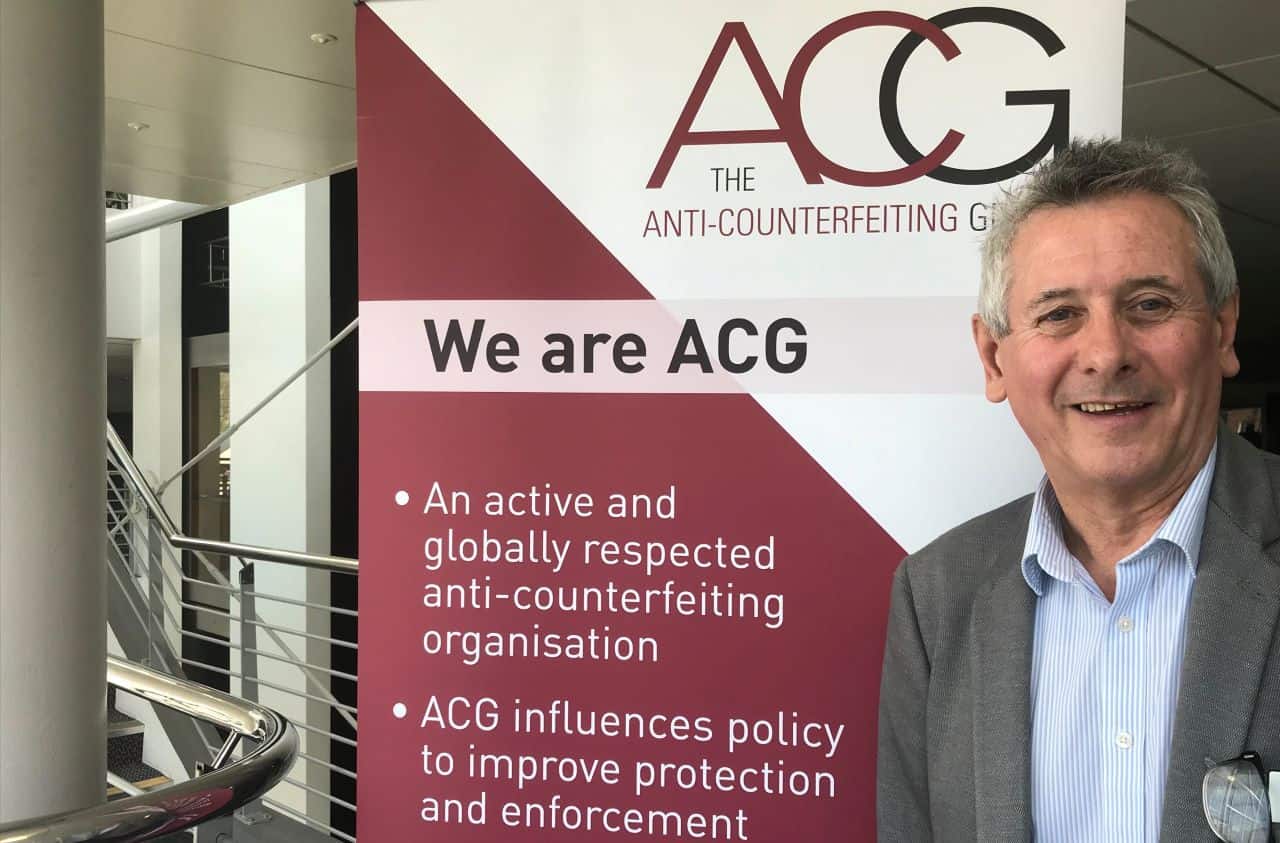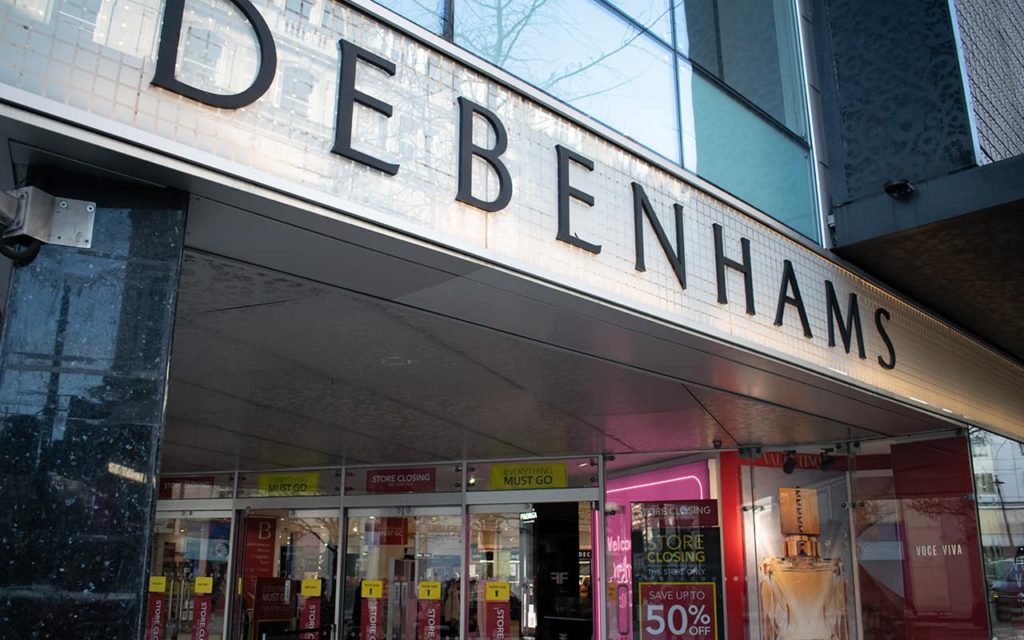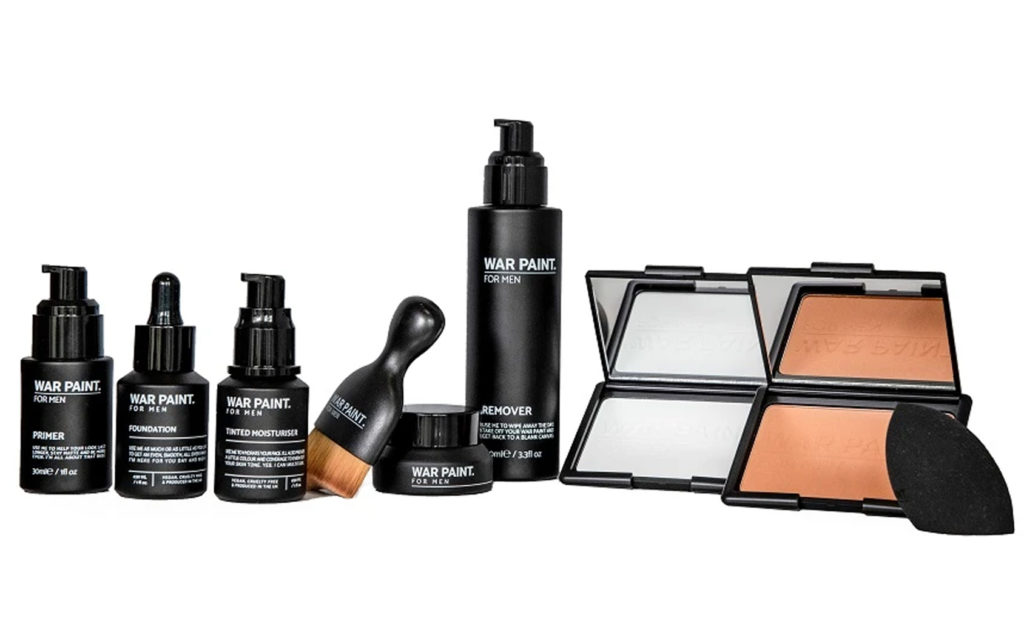The Interview: Anti-Counterfeiting Group Director General, Phil Lewis
From tearing apart families to crippling friendships, jobs, education and people's mental health, the harmful toll of the Covid-19 virus on lives and livelihoods cannot be overstated.
And yet, despite the hardships, counterfeit criminal gangs are seeking to capitalise on the challenging situation; exploiting the changing needs and habits of locked-down shoppers and diverting vital funds away from legitimate businesses at a time they need it most.
Counterfeiting is not a new crime and the dangerous impact of fakes on consumer health has been long-since documented. We’ve all seen stories about flammable fake clothing, harmful counterfeit cosmetics and literally explosive fake tec etc.
Just last year social media was awash with posts about fake Kylie Cosmetic Lip Kits which were leaving unsuspecting buyers with painfully swollen lips, while other counterfeit cosmetic brands have been found to contain dangerous levels of heavy metals and untested substances.
The negative impact on the reputation and cashflow of legitimate brands and businesses is also clear.
And, as Phil Lewis, director general of the UK’s Anti Counterfeiting Group (ACG) explains, the criminal gangs behind these counterfeit crimes are using the pandemic to their advantage – exploiting the current climate of fear and restrictions by forging new and even more malicious ways in which to target unsuspecting shoppers.
The types of products that are now being counterfeited is also evolving - with alarming consequences for shoppers, businesses and the wider economy.
Please outline the scope and scale of counterfeit crime in the UK and further afield...
The Coronavirus Pandemic combined with the impact of Brexit has created a whole new range of challenges for the fight against counterfeit goods.
The global trade in counterfeiting, according to the latest estimates by the EUIPO and OECD, are that the world trade in fake goods is as much as $509bn a year – this is an enormous form of criminality that really feeds other forms of criminality and has a very destructive impact, not only on business but elsewhere.
To put some colour on it, it’s about 3.3% of world trade now and equivalent to the entire GDP of Austria or the combined GDPs of Ireland and the Czech Republic.
More than 80% of the stuff comes from China and Hong Kong and the latest figures that we have from the OECD and also the UK IPO is that the overall value of counterfeit goods now being sold in the UK is just over £16.2bn and is equivalent to 3.3% of UK manufacturing sales. The figures also highlight that counterfeit goods were 4% of all UK imports.
In terms of imports, fake goods imported into the UK are worth around £13bn and around 3% of genuine imports. The lost tax implications are also catastrophic. At a time that funds are so sorely needed as we try to re-build the country, vast amounts of money is being lost to organised crime and other forms of criminality.
In addition, according to latest figures from the EU Rapid Alert system, which records unsafe consumer goods, over 90% of recorded counterfeit goods posed a clear health risk.

Counterfeit clothes: UK Home Office
How are the type of products being counterfeited changing?
Historically, commonly targeted goods have included premium-priced beauty products, perfumes and cosmetics as well as clothing, accessories and footwear but there has been a key change in recent months.
With the forced closure of non-essential shops across the country and the boom in e-commerce seen in recent months, counterfeiters aren’t just targeting the luxury end of the market anymore - they are now increasingly setting their sights on more everyday household products and FMCG brands.
In the first lockdown we soon noticed the arrival of useless fake sanitisers, remedies and medical supplies, including masks, which obviously posed a risk to consumers but also to local businesses who unwittingly bought them believing that they would offer protection.
And very quickly the counterfeiters moved into other new areas of growth too. Since the pandemic began, online beauty sales have been reported to have grown by between 20% and 30%.
The various lockdowns and regional Tier restrictions have accelerated the consumer trend towards self-care and self-treating, particularly in the beauty category and the counterfeiters have been quick to try and capitalise here with fake products.
It’s hugely worrying – these products, which are untested and potentially very unsafe are being put on people’s skin and near their eyes. Animal urine, for example is often used as a stabiliser for counterfeit perfume and aftershave. It’s awful.
On the fashion side, many of the fake garments are also flammable.
Similarly, with the boom in home fitness, it wasn’t long before we started to see the arrival of fake fitness related products.
And now, even more sinisterly, we are witnessing the arrival of fake vaccines.

Counterfeit perfume seized by Suffolk County Council
What role is the on-going rise in e-commerce sales playing?
The boom in online shopping seen over the course of the past year has clearly played a significant role.
Counterfeiters have been quick to exploit the growth in e-commerce and as a result of their increasingly sophisticated-looking websites, packaging and payment methods, many consumers are totally unaware that what they are buying is fake.
The internet offers counterfeiters anonymity and they are much more difficult to detect behind sophisticated looking sales sites where they will aim to be the actual legitimate companies or legally authorised sellers.
On these sites they use fake trademarks, brands, emblems, bogus certificates and labels. They also infiltrate legitimate e-commerce platforms, online markets, auction sites and social media to trick people into buying products that could not only endanger their families, but also heighten wider threats to health and safety.
In all of this they will use key words such as “replicas” “official replicas” “reproductions”.

What part is social media playing?
Social media is also becoming an increasingly large medium for the sale of fake goods and unscrupulous influencers are unfortunately playing a role here too.
Now these people are either reckless, or they are being paid by the counterfeiters. These influencers really need to be looking at themselves because they are contributing to a real problem and some of them have thousands of followers.
How are payment methods evolving?
The payment methods used by the counterfeiters are becoming more sophisticated. With over 80% of fakes traditionally arriving from China and Hong King counterfeiters have in the past always favoured payment processes such as Western Union. However, with the rise of social media, WeChat Pay has led the way in enabling direct payments.
Moreover, trusted and protected payment methods like PayPal have also been found to be used by more than 35% of counterfeiters. As it is encrypted and has a reputation for security it encourages trust and is an easy way for consumers to pay.
It is also worth noting that instead of having to pay commission to e-commerce sites, counterfeiters are able to pocket 100% of their sales revenue, thanks to protected payment platforms such as PayPal.
Online payment services have very strict policies regarding criminal use but tracing back money back to sources is extremely difficult.
How is enforcement being challenged?
All of this is of course happening at a time that enforcement resources are incredibly stretched.
Brexit has meant that customs people have been moved into support services, new systems have had to be built and put in place, and all of those things are playing a hand, leaving less enforcement officers around to do the normal investigations.
Another issue that presented itself at the start of the first national lockdown was that when all non-essential retail stores were forced to close, a lot of the street markets actually carried on trading initially. Not only was there no social distancing there but the sales of fakes through those mediums accelerated.
Nearshoring has also become more of an issue in recent months. With supply chains affected by the combination of Covid-19 and Brexit, we are now also starting to see more counterfeit manufacturing arising in Europe and in the UK.
One recent raid on a counterfeit factory in Leicestershire for example, uncovered thousands of fake goods in production and the workers were sleeping on mattresses on the factory floor in an awful kind of modern slavery-set up.
Counterfeit Crime Fast Facts
- The global trade in counterfeit clothing is thought to account for $24bn.
- The overall value of counterfeit goods sold in the UK is £16.2bn - equivalent to 3.3% of UK manufacturing sales.
- Counterfeited cosmetics are the third most investigated products in the UK – with a value of about £2.2m according to the UK IPO.






